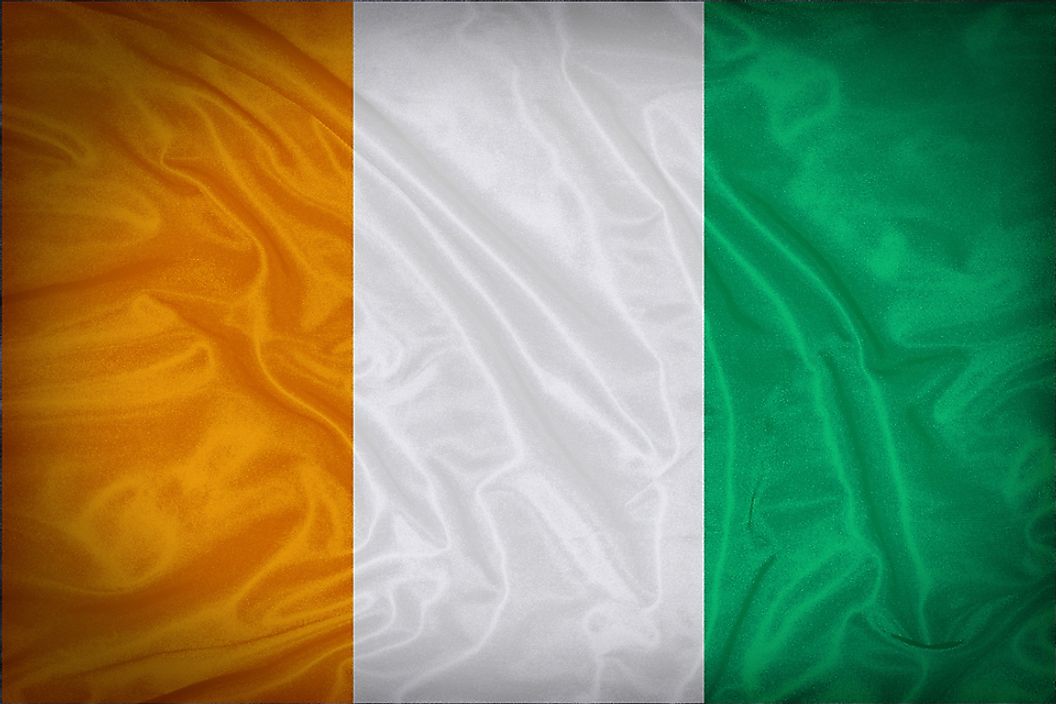What Languages Are Spoken in Cote d'Ivoire?

The Official Language of Cote d’Ivoire
Cote d’Ivoire is located on the western coast of Africa and has a population size of around 23.74 million individuals. Since ancient times, the area has been inhabited by a wide range of indigenous tribes. During the period of European exploration and colonization, the country was involved in the slave trade, but to a lesser extent than other African nations. By around 1880, France established control over this region. During this period, the French language became the primary language of government, business, and education. Today, French remains the official language of Cote d’Ivoire. It is used by public service offices and is the language of instruction in public schools.
Indigenous Languages of Cote d’Ivoire
A little over three-quarters of the population of this country is of indigenous ethnicity. This diversity has resulted in a large number of indigenous languages spoken throughout Cote d’Ivoire. These languages can be divided into approximately four regional language families: Mande languages in the northwest, Senufo languages in the north, Kru languages in the southwest, and Kwa languages in the southeast.
In addition to these indigenous languages, researchers estimate that approximately 3 million individuals speak an immigrant language. These immigrant languages may be other African indigenous tongues or languages from non-African countries, such as Vietnam, Spain, and Lebanon.
Kwa Languages
Of the language families previously mentioned, the Kwa languages have the largest number of speakers. This group is further divided into the Baoulé and Anyin languages. The Baoulé language has around 2.1 million native speakers, while the Anyin language has around 1.2 million. Only half of the native Anyin speaker live in Cote d’Ivoire, while the other half live in Ghana. Both languages belong to the Central Tano language subgroup.
Kru Languages
The Kru languages belong to the larger Niger-Congo language family and are spoken by the Kru indigenous peoples throughout Cote d’Ivoire, Burkina Faso, and Liberia. Researchers believe that the Kru languages were some of the first heard by European explorers when they arrived in this area. These languages are further divided into the Bete, Dida, Wobe, and Gure languages. The Bete language has approximately 410,000 native speakers and Gure has around 320,000.
Senufo Languages
The Senufo languages also belong to the Niger-Congo language family under the Atlantic-Congo classification. This group is made up of around 15 separate languages that are used for communication throughout Ghana, Cote d’Ivoire, Burkina Faso, and Mali. One of the most widely spoken Senufo languages subgroups in Cote d’Ivoire is Senari. Of the Senari language subgroup, Cebaara is the most common. This language has approximately 860,000 native speakers.
Mande Languages
The Mande language group has a broader geographic distribution than the previously mentioned languages. These tongues can be heard in Sierra Leone, Burkina Faso, Liberia, Cote d’Ivoire, Guinea, Gambia, Mali, and Guinea-Bissau. Some linguists believe the Mande languages belong to the Niger-Congo language family, although many researchers disagree with this theory. In Cote d’Ivoire, the most commonly spoken Mande languages are Dan and Guro. The Dan language has a total of around 1.2 million native speakers, with around 800,000 in Cote d’Ivoire. The Guro language has a total of around 500,000 native speakers, who are concentrated around the lake region of this country.








